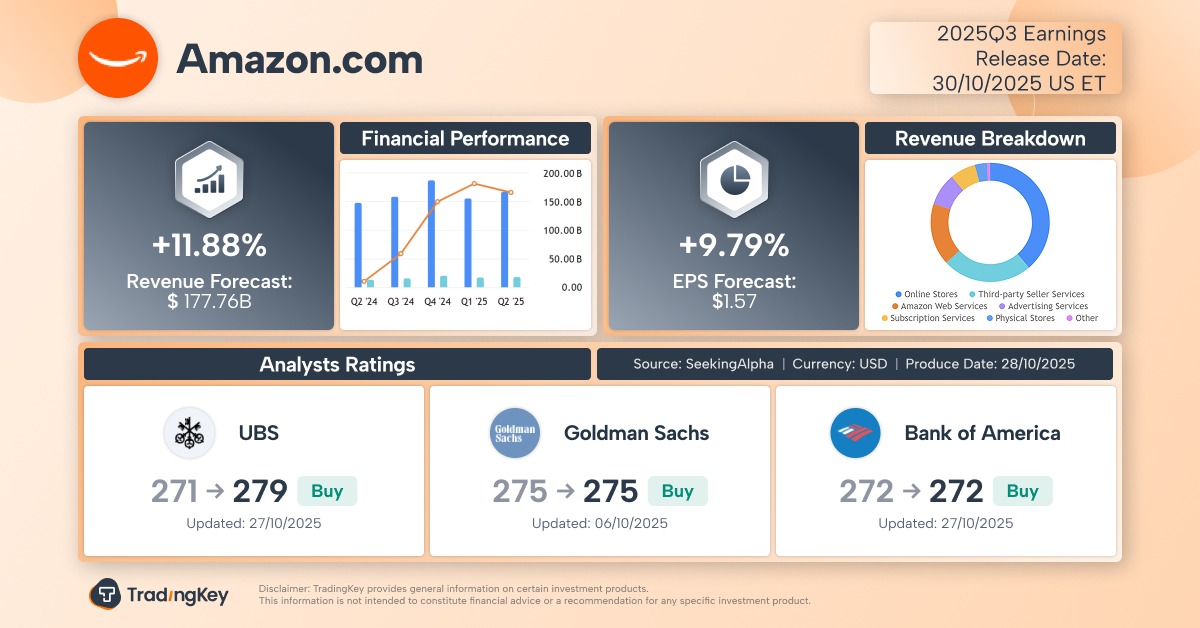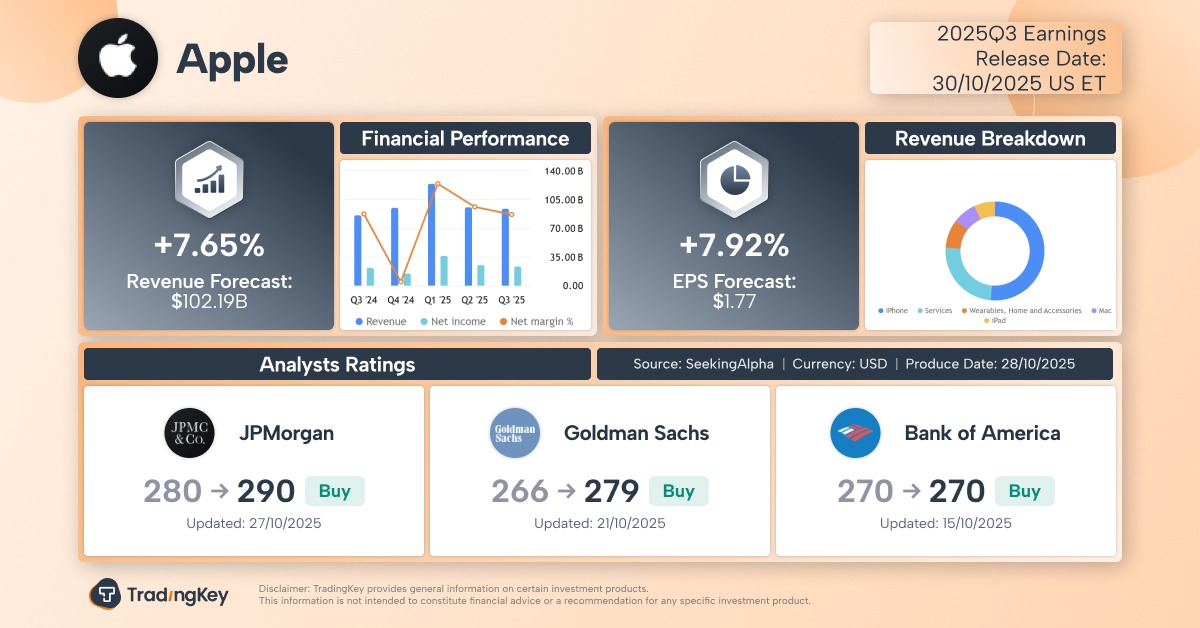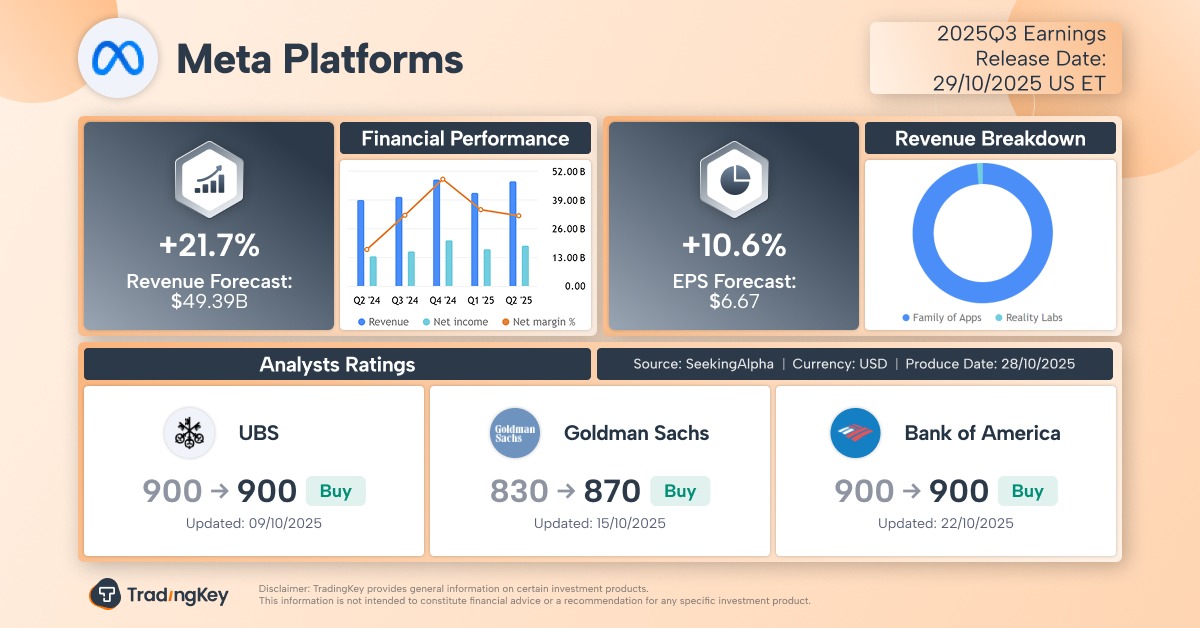EMERGING MARKETS-LatAm assets open November stronger; investors eye Brazil, Mexico rate verdicts

By Nikhil Sharma
Nov 3 (Reuters) - Latin American assets started the month strong on Monday, beginning a pivotal week packed with key data and monetary policy calls from regional economic powerhouses Brazil and Mexico.
MSCI's regional stock gauge .MILA00000PUS was up 0.36%, tracking a global rally on optimism about a U.S.-China trade truce. A parallel index for local currencies .MILA00000CUS rose 0.4%.
Jon Harrison, managing director of EM macro strategy at TS Lombard, flagged generally positive global risk sentiment following U.S.-China trade negotiations. "Progress there is helpful for LatAm specifically," he said.
The day's moves follow a roller-coaster month for regional markets, with shifting global rate expectations and geopolitical tensions shaping sentiment and leaving stocks and currencies to end last month with modest gains.
Argentina was October's standout, as its stocks skyrocketed following a surprise victory for President Javier Milei's party in midterm elections, bolstering investor confidence in his sweeping economic overhaul and signaling continued support from Washington.
The main stock index .MERV climbed a record 44.5% last week and on Monday extended its run by rising 2.3% to a new high.
The local peso ARS=RASL was down 0.5%. The country's agricultural export revenues dropped 56% in October from a year earlier to $1.12 billion, highlighting economic strains for the South American economy that relies heavily on the sector.
For broader LatAm, focus shifts to this week's policy calls. In Brazil, economists see the central bank holding the Selic at a near two‑decade high of 15% on Wednesday, with markets parsing the statement for signals on a 2026 easing path.
While high rates are helping cool inflation, which remains above the target range, they are starting to bite into the economy.
"We don't expect really strong equity gains until interest rates are much lower than they are now. But the high rates will be good for the currency," TS Lombard's Harrison added.
The country benchmark Bovespa .BVSP index was up 0.75%, while the real BRL= currency added 0.47%. A survey showed contraction in factory activity eased in October amid cooling cost pressures.
Brazil's data calendar also includes consumer inflation, wholesale inflation, and trade figures.
The central bank and National Monetary Council on Monday established new rules for calculating the minimum capital required for financial institutions to operate.
Mexico also braced for a rate-setting announcement due Thursday, with consensus favoring a continuation of the easing cycle in view of slowing inflation and a weak economy.
This would mark the Bank of Mexico's 12th reduction since it began a cycle of easing in early 2024. Mexican equities .MXX slipped 0.4% and the local peso MXN= added 0.3%.
Investors will also sift through Mexico's key inflation, industrial output and consumer confidence data, scheduled for release later this week.
In other regional economies, the Colombian peso COP= added 0.1%. Colombia's central bank held the benchmark rate at 9.25% last week amid inflation uncertainty and favorable economic data.
Chile's currency CLP= jumped 0.4% as economic activity grew 3.2% in September when compared to a year earlier, boosted by gains in trade and services.
Key Latin American stock indexes and currencies:
Stock indexes | Latest | Daily % change |
MSCI Emerging Markets .MSCIEF | 1409.7 | 0.58 |
MSCI LatAm .MILA00000PUS | 2596.76 | 0.88 |
Brazil Bovespa .BVSP | 150665.03 | 0.75 |
Mexico IPC .MXX | 62521.76 | -0.39 |
Argentina MerVal .MERV | 3071113.02 | 2.28 |
| ||
Currencies | Latest | Daily % change |
Brazil real BRL= | 5.3487 | 0.47 |
Mexico peso MXN= | 18.4824 | 0.32 |
Chile peso CLP= | 939.62 | 0.27 |
Colombia peso COP= | 3854 | 0.09 |
Peru sol PEN= | 3.3623 | 0.07 |
Argentina peso (interbank) ARS=RASL | 1,455.0 | -0.48 |
Argentina peso (parallel) ARSB= | 1,410.0 | 2.42 |







